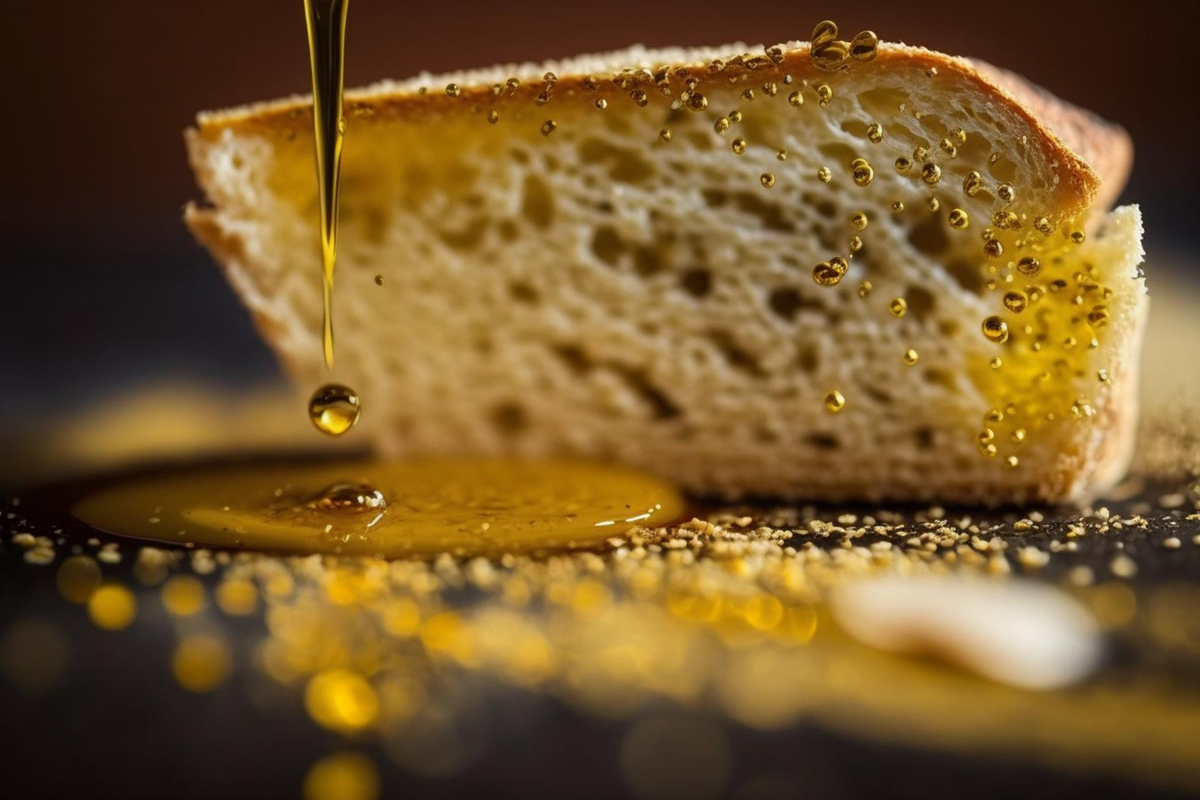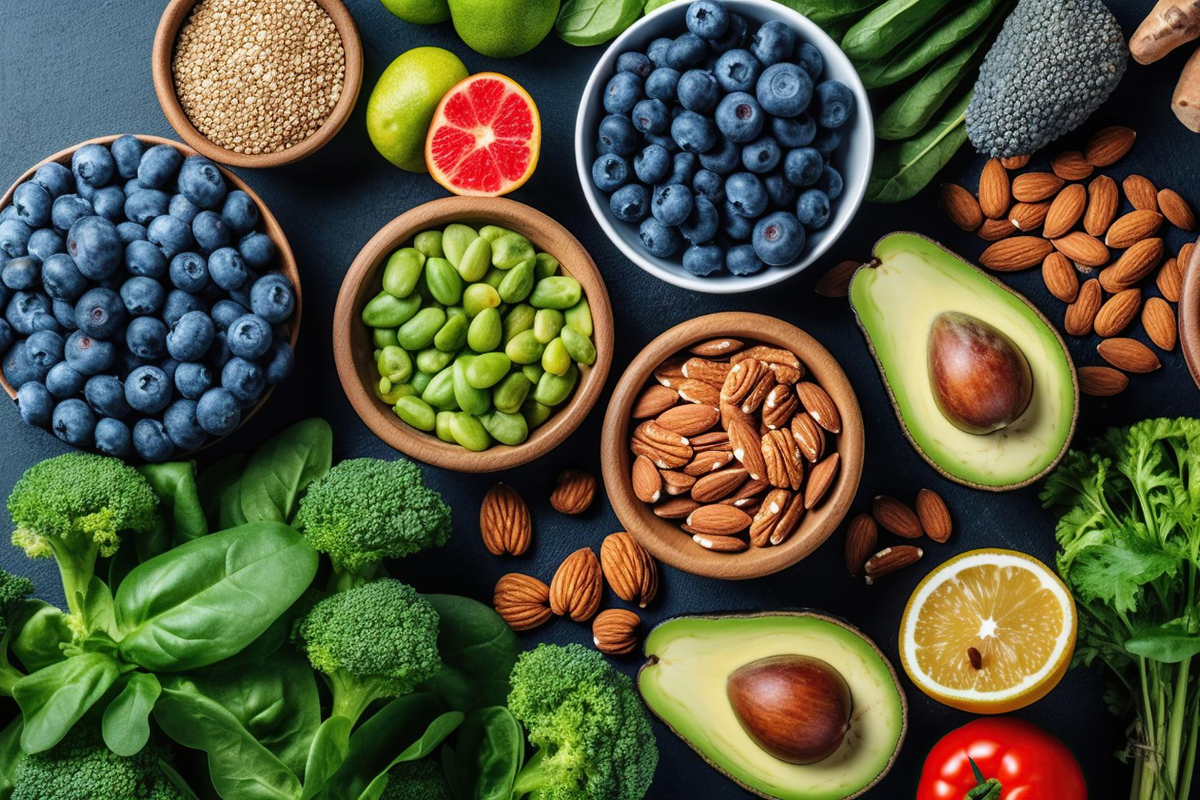Chervil is a delicate herb that adds a touch of elegance to any dish. It is one of the four ingredients in the classic French seasoning blend called fines herbes, along with parsley, tarragon, and chives. Chervil has a mild anise flavor that enhances the taste of sauces, soups, salads, and eggs.
But chervil is more than just a culinary herb. It also has many health benefits that make it a valuable addition to your diet. Chervil contains antioxidants, minerals, and vitamins that can improve your digestion and circulation. It can also help reduce inflammation and bloating. In this article, you will learn more about what chervil is, how it can benefit your health, and how to use it in your cooking. Read on to find out why chervil is a herb worth trying.

What Is Chervil?
Chervil: A Delicate Herb with Many Benefits Chervil, also known as garden chervil (Anthriscus cerefolium L. Hosffm.), is a herb that is widely used in France and other parts of Europe and Asia. It has a mild flavor that resembles anise and licorice, which makes it ideal for adding a touch of freshness to various dishes.
This herb has delicate green leaves that look like flowers and small white blossoms. You can eat different parts of the plant, such as the leaves, stems, roots, and seeds. The leaves can be used fresh, dried, or preserved in sauces and pestos. Chervil is one of the fines herbes that are essential for French haute cuisine, along with parsley, chives, and tarragon (1), (2).
Some people call chervil French parsley because it looks similar to parsley. They are both members of the same botanical family (Apiaceae or Umbelliferae). However, chervil has a softer taste and aroma than parsley, and it is not as common in cooking. Therefore, they have different culinary uses and preferences .
There are four types of chervil that you can find (2) :
Garden chervil Root chervil (Turnip root chervil) Wild chervil (Anthriscus sylvestris) Bur chervil (Anthriscus caucalis) The most popular type of chervil is garden chervil. This herb has a long history of use and reverence. Its leaves were once called ‘Myrrhis’ because they have a scent that is similar to the biblical resin ‘myrrh.’ Many herbalists believed that this herb had healing properties (2).
According to Dr. Linda Khoshaba, NMD, FABNE, “Chervil was used for various purposes, such as a diuretic, expectorant, digestive aid, skin freshener, and breath freshener. It was also thought to help with conditions like eczema, gout, kidney stones, and pleurisyi XInflammation of the tissues that divide the lungs from the chest cavity and causes chest pain. Also known as pleuritis. .”
Did You Know?
The name chervil comes from the Latin word “chaerephylla” or “choerephyllum” and the Ancient Greek word “chairephyllon, which all mean “leaves of joy”.
Chervil is a nutritious herb that contains minerals, vitamins, and bioactive compounds that may have beneficial effects on your health. To learn more about the nutritional value of chervil, read the next section.
Nutritional Information Of Chervil
A 100 gram of dried chervil contains (3):
| Calories | 237 kcal |
| Protein | 23.2 g |
| Carbohydrate | 49.1 g |
| Total lipids (Fat) | 3.9 g |
| Sodium | 83 mg |
| Potassium | 4740 mg |
| Calcium | 1350 mg |
| Iron | 32 mg |
| Magnesium | 130 mg |
| Phosphorus | 450 mg |
| Zinc | 8.8 mg |
| Manganese | 2.1 mg |
| Selenium | 29.3 µg |
| Dietary fiber | 11.3 g |
| Vitamin C | 50 mg |
Flavonoids are the major compounds present in chervil. It is also a good source of essential oil (0.3% in the fresh herb, 0.9% in the seeds). The oil contains compounds such as methyl chavicol (estragole) and hendecane (undecane) (2).
Chervil’s diverse and rich nutrient profile makes it beneficial for our health.
Potential Health Benefits Of Chervil
Chervil is a nutritious herb that contains minerals, vitamins, and bioactive compounds that may have beneficial effects on your health. Here are some of the potential health benefits of chervil:
- Antioxidant Source Chervil has antioxidants such as phenolic compounds, flavonoids, and vitamin C. These antioxidants can help prevent early signs of aging, such as wrinkles and fine lines. They can also protect the skin and organs from oxidative stressi XAn imbalance between free radicals and antioxidants in the body that lead to allergic diseases, such as atopic dermatitis and asthma. and free radicals. (2), (4), (5), (6).
- Infection Fighter Chervil has bioactive compounds that can fight against harmful bacteria such as Staphylococcus aureus and fungi such as Candida albicans. These pathogens can cause pneumonia, which is why chervil is used in traditional medicine to treat this condition. (7).
- Inflammation Reducer Chervil has anti-inflammatory properties that can help treat inflammation caused by colds and flu. Chervil leaves can also soothe eczema symptoms such as itching, redness, and swelling. (2).
- Digestion Promoter Chervil is a good source of dietary fibers. Dietary fibers can improve digestive health, increase stool frequency and weight, and shorten the time for food digestion and excretion. (8).
- Stimulant Chervil is considered a mild stimulant. It can boost your mood and temporarily increase your physiological activity. (2).
- Congestion Reliever Chervil is a good expectorant as it helps the respiratory system secrete mucus. This can clear the airway obstruction and reduce congestion by removing the secretion through coughing. (2), (9), (10).
- Bloating Reducer Chervil is a good diuretic as it helps the body get rid of excess fluid and salt. The herb can increase urine output and reduce fluid retention and bloating during or before menstruation. (2), (11).
- Skin Health Booster Chervil leaves can help with inflammatory skin conditions such as eczema, psoriasis, Systemic Lupus Erythematosus (SLE), and acne. Drinking chervil juice can heal the skin from wounds and scars. Fresh chervil leaf infusions can be used as skin cleansers and lotions. Applying its juice can also fade blemishes. (2).
- Circulation Enhancer Drinking chervil with herbal teas can improve blood circulation. It is rich in iron and zinc and can prevent anemiai XA condition that causes extreme fatigue, paleness, and dizziness due to low hemoglobin (lack of red blood cells) in the body. . Chervil can also lower blood pressure and purify the blood. (2).
Trivia
Chervil mixed with vinegar has been used in folk medicine as a remedy for hiccups.
Chervil’s health benefits are still being researched. However, this herb is too delicious and nutritious to ignore. Learn how to use it in your diet in the next section.”
How To Add Chervil To Your Diet
Chervil is a delicate herb that belongs to the parsley family. It has a mild flavor that resembles anise, licorice, and parsley. Chervil is rich in vitamin C, iron, and carotene. It also has anti-inflammatory and diuretic properties. Chervil can help improve digestion, lower blood pressure, and prevent kidney stones.
Chervil is a versatile herb that can be used in various dishes. Here are some ways to add chervil to your diet:
- Infused Vinegar: Khoshaba says, “To keep chervil’s taste, you can put it in white wine vinegar and keep it for a long time. To add flavor to food, it doesn’t need a lot of other things. This makes it a low-calorie way to spice up your food.”
- Garnish: Chervil leaves or whole sprigs are delicate and can be used to garnish your creamy soups, butter sauces, scrambled eggs, and omelets.
- Seasoning: Chervil is most commonly used in classical French herb seasoning fines herbes. You can also use it on its own to flavor mild dishes.
- Sauces: Chervil is also an excellent addition to light sauces, mild cheeses, mixed herb pesto sauce, and herb butter.
Andrea, a blogger, shared her experience of using chervil on her personal blog: “I do know chervil would be a good herb to preserve in the form of herbed butter! Herbed butter is also called compound butter. You can make it with any mix of herbs you have in your garden. It’s great to have in the refrigerator to use when making scrambled eggs, melt it over steamed vegetables, use it in sauces for pasta, melt a pat on top of grilled steak or fish, or just simply spread it on warm bread (i)!”
Keep the following tips in mind when cooking with chervil:
- Chervil has a mild flavor that is easily lost when dried or heated.
- Add chervil at the end of the cooking process to retain its flavor.
- It is better to use fresh leaves for cooking and garnishing.
Therefore, you need to be careful when using chervil. When overcooked, chervil loses its subtle, delicious flavor. However, watch out for possible risk factors. Not everyone will benefit from chervil. Read on for the reasons.
Chervil can be incorporated into various dishes to add a beautiful flavor. Check out the next section for some delicious recipes you can try at home!
Unveiling the Culinary Elegance: The Chervil Bisque Revelation
Crafting a Gastronomic Masterpiece with Chervil
Chervil, a herb steeped in Gallic tradition, emerges as a culinary treasure capable of elevating the most discerning palates. In this exploration, we delve into the creation of a delightful Chervil Bisque, offering not just a recipe but a gastronomic journey.
Ingredients for Chervil Bisque:
- 3 measures of diced chervil
- 500 milliliters of vegetable broth
- 1 measure of aqua
- 1 tablespoon of oil or clarified butter
- 2 white-part-sliced leeks
- 2 peeled and cubed tubers
- 1 measure of luscious cream
- Salt and pepper to one’s liking
Procedure: A Symphony of Flavors
- Kindle the oil or clarified butter in a saucepan, gently sautéing the leeks until their tenderness prevails.
- Incorporate the broth and the diced tubers. Let it gently simmer until the tubers attain tenderness.
- Introduce the chervil, deactivate the heat, and allow it a brief cooling before transforming it into a velvety puree.
- Integrate the cream and gently agitate the bisque.
- Season to perfection with salt and pepper.
- Sprinkle chervil fronds atop and savor the creation.
Savoring Chervil: Beyond the Bisque
Chervil extends its culinary prowess beyond the bisque, standing as a versatile herb with a subtle relish. Belonging to the parsley progeny, it serves as a favored embellishment, augmenting the savor of subtle repasts. It finds its place in herb amalgams, seasonings, and steeped herb-infused vinegar. Rich in antioxidants, minerals, vitamins, and myriad bioactive compounds, chervil boasts a plethora of merits.
Health Benefits of Chervil:
- Curbing Inflammation and Abdominal Distension: Chervil’s anti-inflammatory properties make it an effective remedy for abdominal discomfort.
- Combatting Infections: Packed with bioactive compounds, chervil aids in bolstering the immune system, combating infections.
- Fostering Respiratory Well-being: The herb’s contribution to respiratory health is noteworthy, offering relief from respiratory ailments.
- Enhancing Digestive Functions: Chervil plays a role in promoting healthy digestion, making it a valuable addition to culinary creations.
Cautionary Note:
While chervil enjoys GRAS status for culinary application, a 43-year-old subject once manifested chervil allergy symptoms. Pruritus in the throat, swelling of the uvula, alteration in vocal tonality, and gastrointestinal disturbances were observed. Researchers identified a distinct 14 kDa heat-resistant allergen in chervil, emphasizing the importance of moderation in consumption.








